As a huge chunk of the glacier fell into the water below, Raymond Besant couldn’t help but see the moment as “bittersweet”.
It was what the crew had been waiting for while camping out for weeks in the Greenland cold, battling the elements and getting to grips with 24-hour sunshine.
They had watched smaller sections of the glacier calving before, but this felt different.
“Watching the front of the glacier calving off was kind of addictive,” said Mr Besant.
“We thought we were seeing big chunks come off, but it was only really when the really big bit came off we realised it was a much bigger scale than anything we had done so far.
“It was bittersweet. We wanted it to happen so we could film it, but then we were thinking about what that means, what we were seeing in front of us, the faster rate of calving due to climate change.”
Watching the ice fall away, Mr Besant saw before his eyes the reason why his involvement in the BBC’s Frozen Planet II was so important.
The glacier
Orkney-based Mr Besant was fearing a work-free summer until, just one hour after his last cancellation, he got the call inviting him to join the Frozen Planet II crew filming glacier calving in Greenland.
Being a freelance photographer and videographer with a passion for wildlife and the natural world, he didn’t have to think twice about accepting.
“I’m interested in wildlife,” he said. “Even if I didn’t do this kind of work I’d still be out birdwatching or something like that, so getting to combine that with filming and being creative is really what gets me going.”
After quarantining on the island for a week before, the team flew by helicopter along the three-mile length of the glacier they would be staring at through a lens for the next three weeks.
Mr Besant said: “It was pretty spectacular. You don’t realise quite how big it is until you see it in real life.”
Staying alert
For three weeks, the crew worked in seven-hour shifts rotating between sitting behind a camera pointed at the glacier, being on standby to jump in if anything big happened and catching up on sleep.
Sleep was hard as the constant sunlight, and excitement, made it difficult to drift off.
“It was a weird tiredness,” he added. “In some ways you don’t really want to go to sleep, it messes with your head a little bit.”
Mr Besant said he didn’t mind sitting behind the camera as long as he had a hot drink to keep him going.
“There’s nothing like a hot cup of tea or coffee halfway through your shift to get you going again,” he said.
“I quite like the waiting part sometimes, there’s nothing else you can do so you kind of calm down and concentrate. Even as you get tired you still have to be alert to what’s going on around you, especially with that shoot because the glacier could have gone at any time.”
Another thing that kept the crew alert was a lone arctic fox who came to visit and have a sniff around while they were taking the night shift.
Having photographed wildlife across the globe, Mr Besant said one of the most difficult aspects of his job is remembering to experience things beyond the lens.
He said: “One of the things I don’t love about it so much is trying to appreciate what’s happening in front of you while filming, it’s difficult. Afterwards you think about what you’ve seen and realise how amazing it was.”
Starting conversations
The crew’s goal was to film a large glacier calving to contribute towards the Frozen Planet II’s overarching message about how climate change is impacting the colder areas of the world.
Mr Besant said: “I think what Frozen Planet II has tried to do is get across what’s happening with climate change through stories rather than saying ‘look how bad this is’.
“It can be quite an abstract concept, on a day-to-day basis a lot of people are not seeing the immediate effects. I think people respond more to that rather than to doom and gloom.”
He added that he has always tried to send a message through his photography, sparking conversations like those covered in the series.
“I try to produce work that has some kind of message on an environmental issue, whether that’s an individual species or something bigger like climate change,” he said.
“It’s figuring out what you can do that is meaningful. Is it best to do things on an individual basis or push for more government level changes?
“It’s an important series at the moment to start those conversations.”
You can watch Frozen Planet 2 on BBC One on Sundays at 8pm. The glacier calving episode Mr Besant was involved in is on BBC iPlayer here.
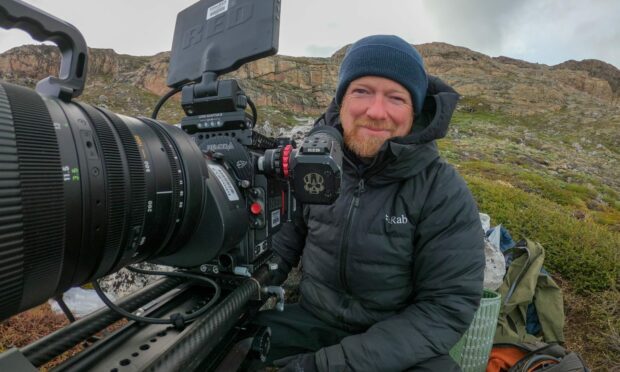
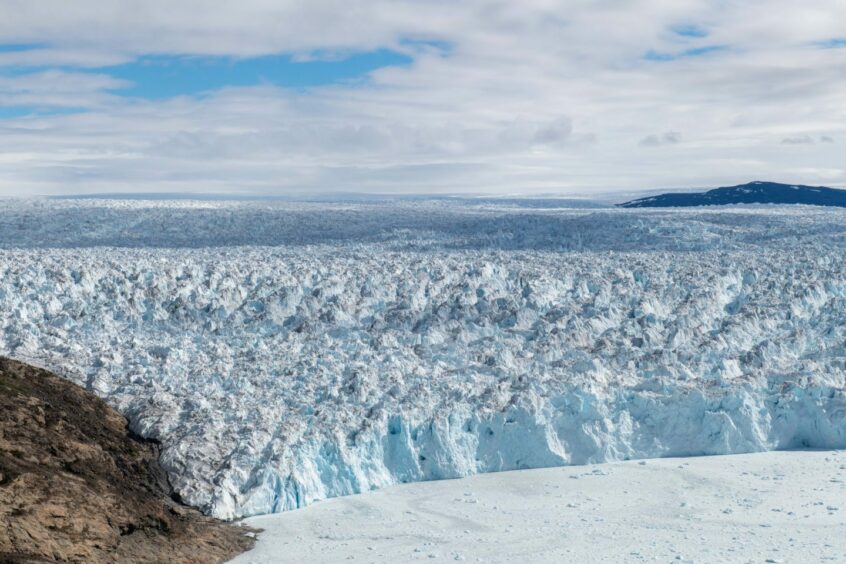
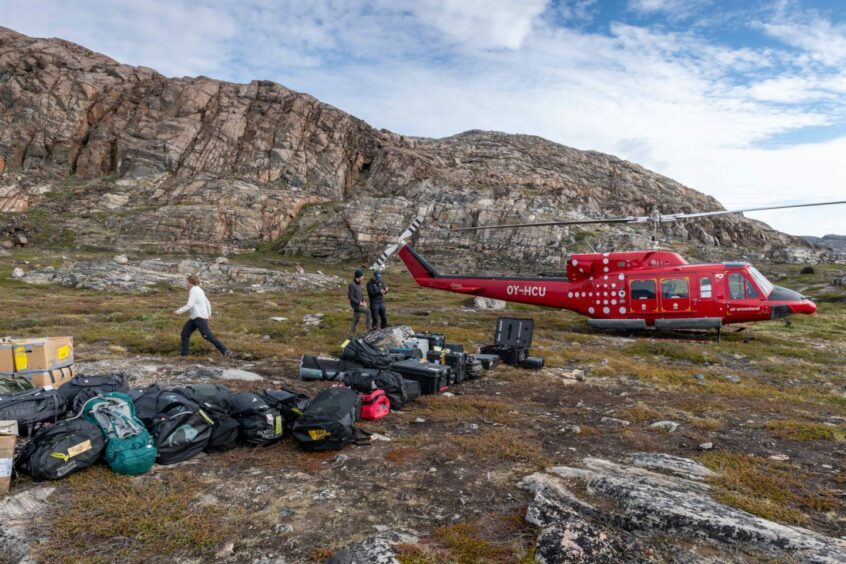
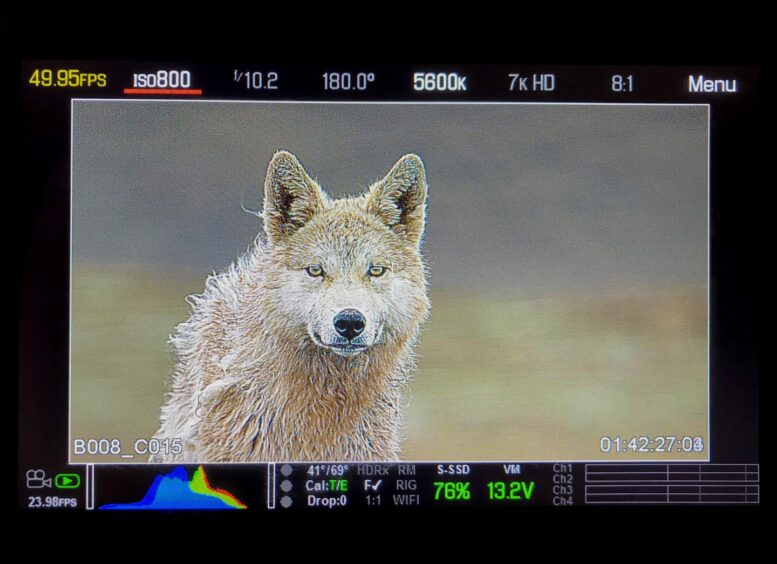
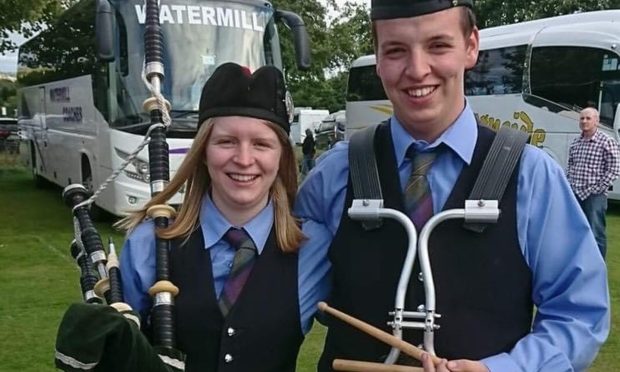
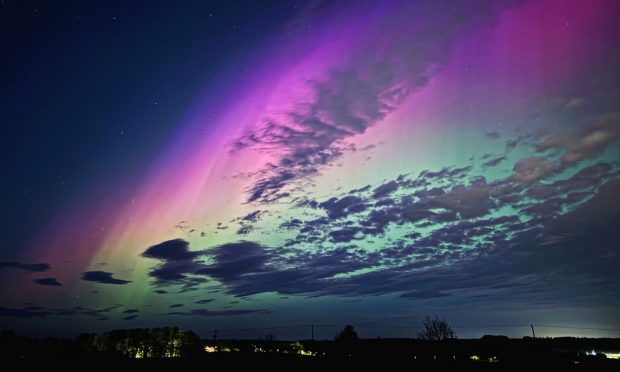
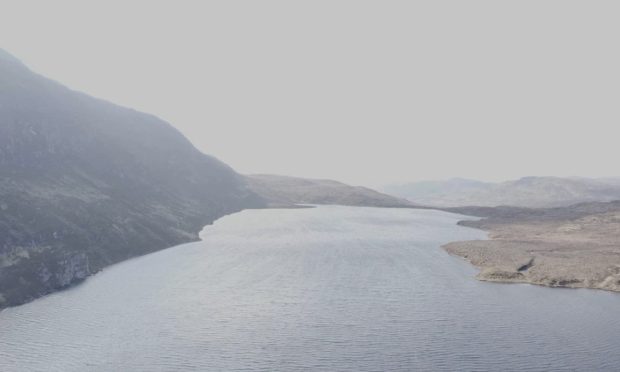
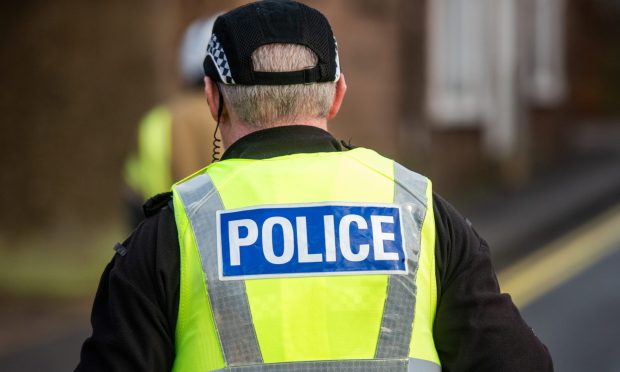
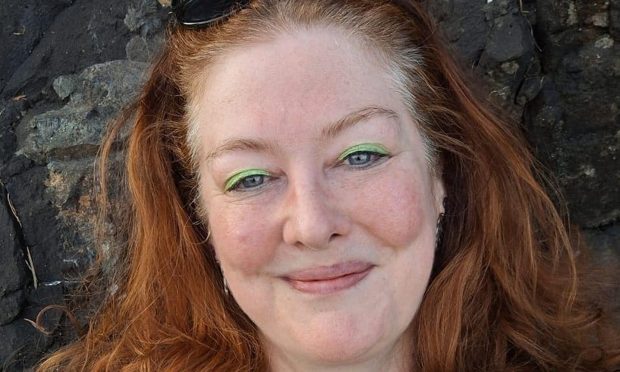
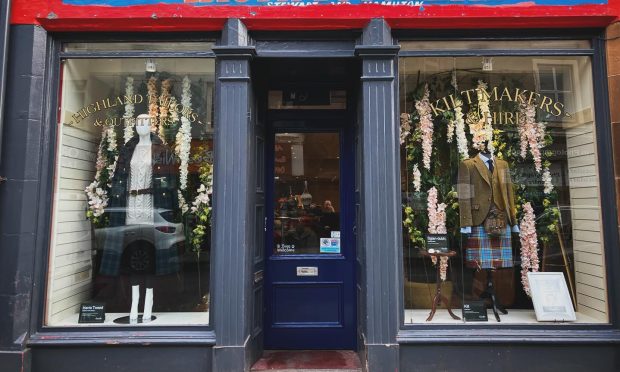
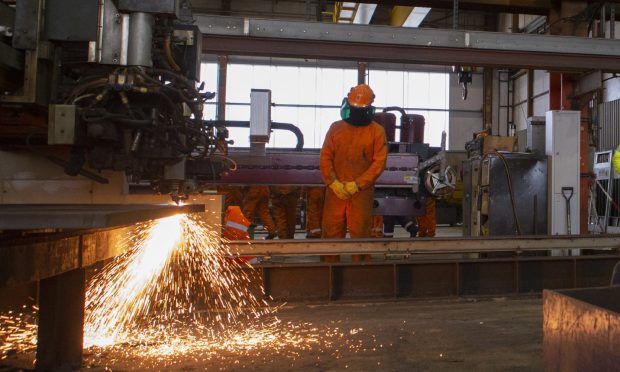
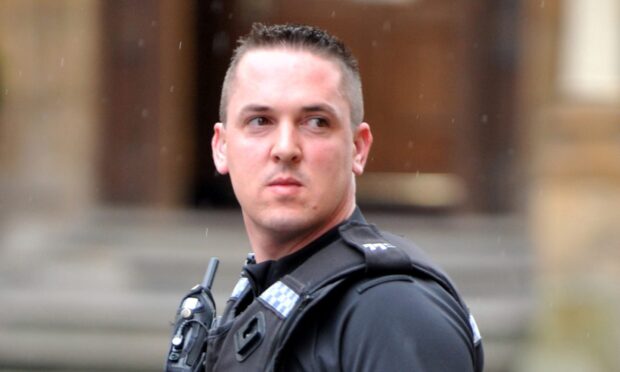
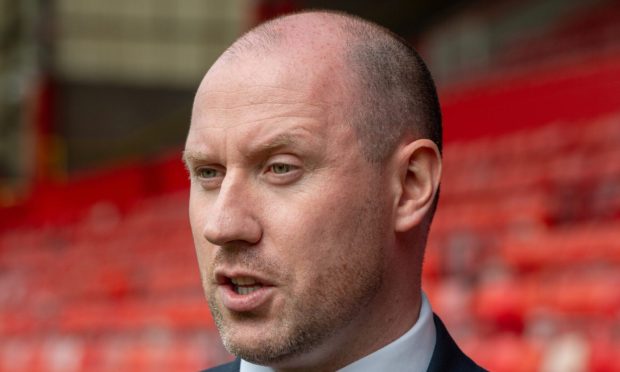
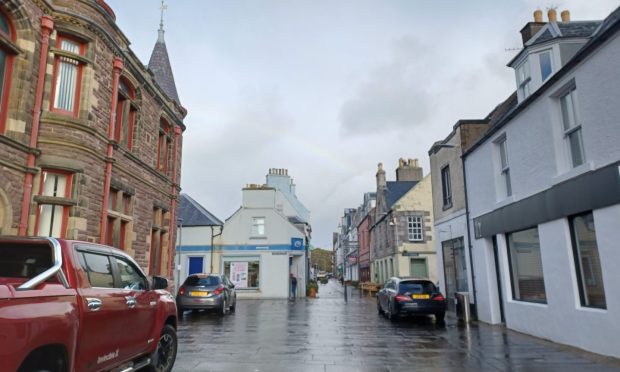
Conversation